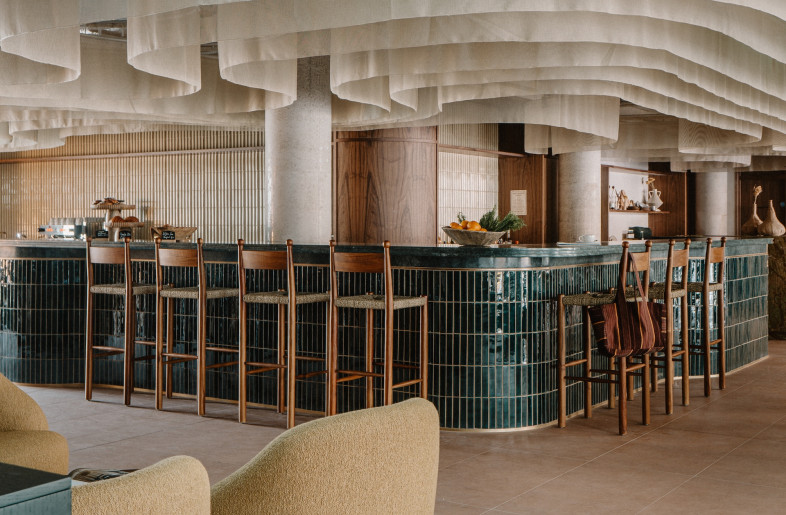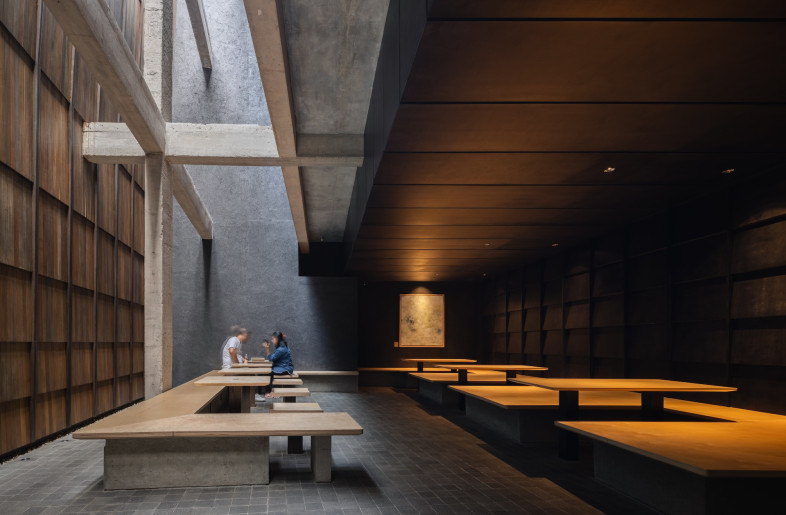Tom Dixon depicts London's chaos for Ege's Industrial Landscape collection

In a valiant visualisation of London's chaotic mix of picturesque castles and ugly buildings, British designer Tom Dixon stamps swirls of smog upon the latest collection with ege. Known for
Create a free account to read the full article
Get 2 premium articles for free each month
Related Articles
MORE Interview
When to-go coffee isn’t part of the culture, Crosby Studios’ slick, ‘transformist’ design draws crowds

Head to Austria to see this chocolate store fit ‘for both wafer lovers and design enthusiasts’
-cover-thumb.jpg)
FRAME’s summer selection: 10 fresh, sunny spaces for the season’s dog days

This multi-use building in Copenhagen became its own material bank

Environmental and cultural sustainability embed a Dutch artist's residence in its locale

How over 30 creatives brought this wellness-driven urban retreat in London to life

Why Clap Studio’s savvy application of a trendy Sottsass veneer might outlast the fad

A dramatic void in a Batam dessert shop brings light, ventilation and a connection to the elements

Cycling becomes community ritual thanks to programmatic zoning at Beijing flagship
-Cropped-thumb.jpg)